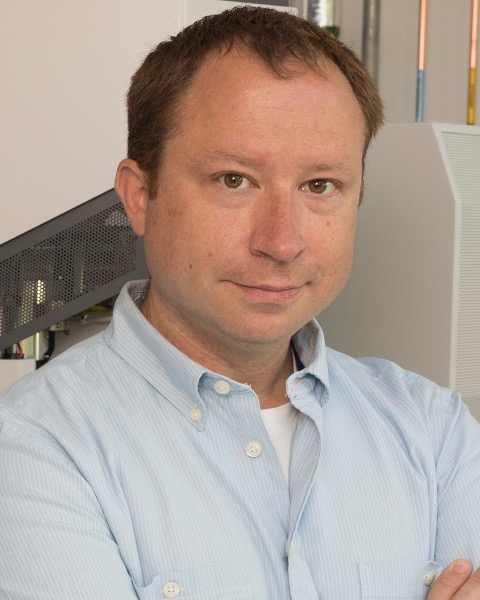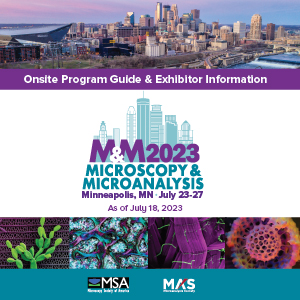
Christopher Russo
Research Leader
MRC Laboratory of Molecular Biology, United Kingdom
Born in Detroit, Michigan, Chris attended the University of Notre Dame where he studied electrical engineering and philosophy, obtaining two bachelors degrees. He then went on to graduate school at Harvard and MIT as part of the HST Medical Engineering and Medical Physics program, a joint course between Harvard College, MIT and Harvard Medical School, where he studied physics and medicine. Under the supervision of Jene Golovchenko (Physics, Engineering) and Daniel Branton (Biology), he completed his PhD thesis on imaging DNA attached to carbon nanotubes using several microscopy methods, including scanning probe and high-resolution aberration corrected electron microscopy.
After his PhD he did a short Post-Doc in the Physics Department at Harvard. During this time, he developed a new technique to create nanopores in graphene with atomic precision that combined ion bombardment with high energy electron irradiation.
He then moved to the MRC Laboratory of Molecular Biology in Cambridge UK to do a post-doc developing new methods for electron cryomicroscopy (cryo-EM), and in particular focused on how the specimen support could affect the resolution of cryo-EM images. This led to a number of advances including simple techniques to modify graphene for use as a specimen support for biological molecules and the development of a new specimen support structure, made entirely of gold, that reduced movement during imaging fifty-fold. Chris has since started his own group at LMB, and continues to study the physical phenomena that limit resolution in cryo-EM and thus enable the development of new devices, instruments and methods to improve the imaging power of the electron microscope in biology.
Disclosure information not submitted.
Presentation(s):
-
Measuring Electron Dose Efficiency in TEM and STEM
Wednesday, July 26, 2023
2:30 PM - 3:00 PM US CST

